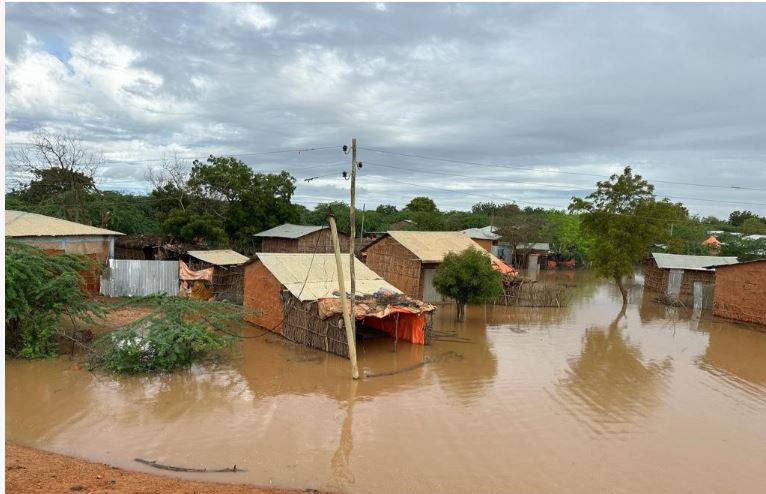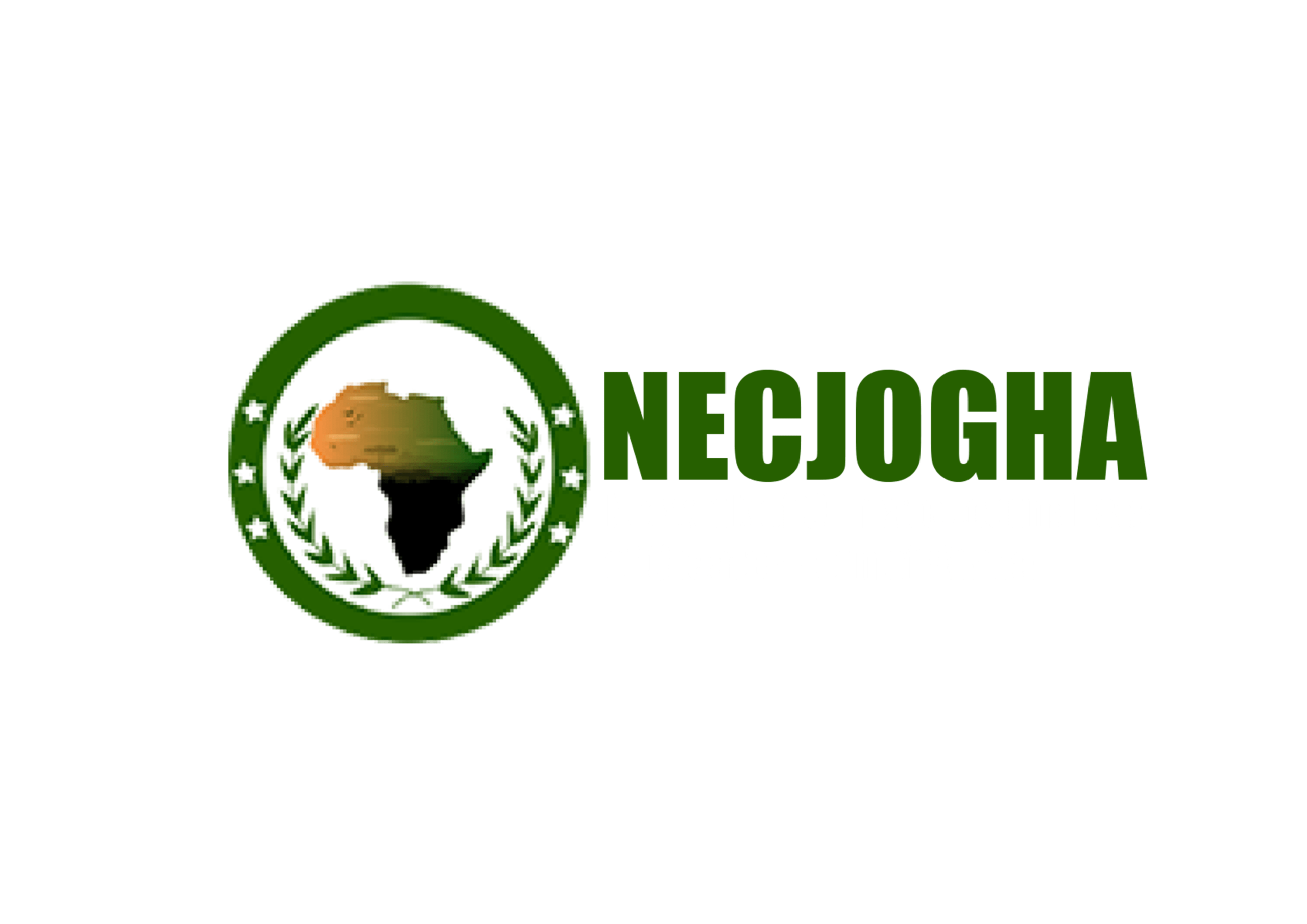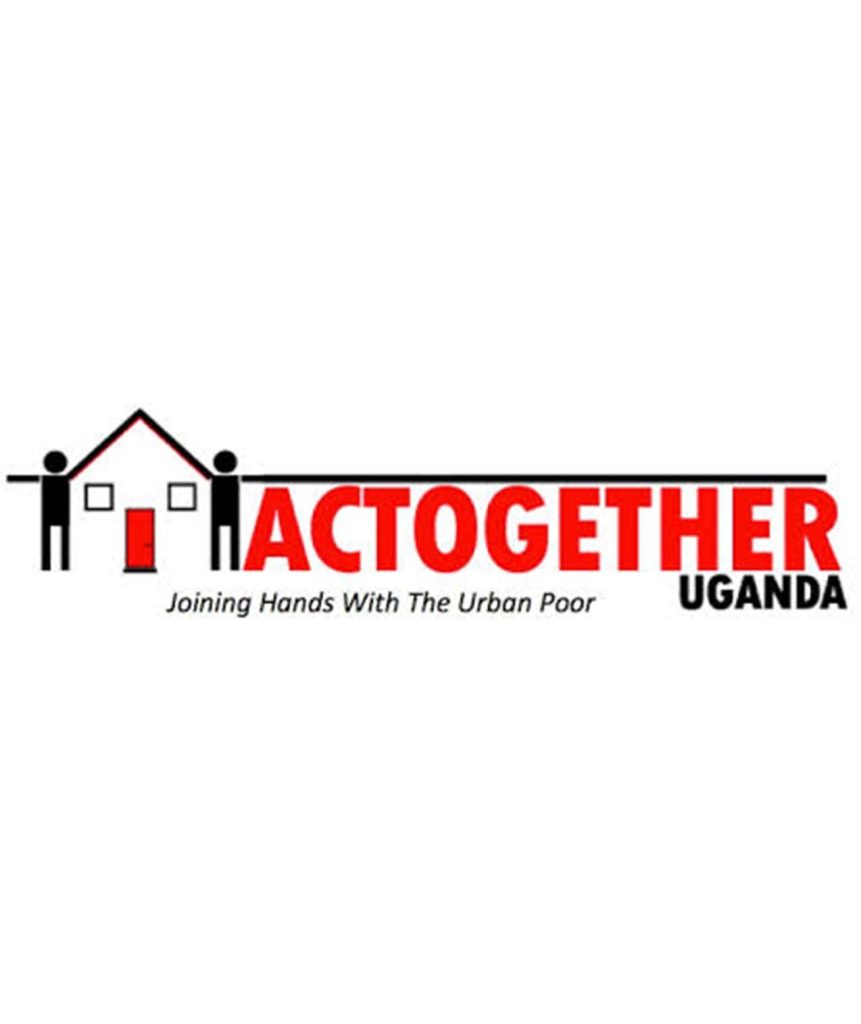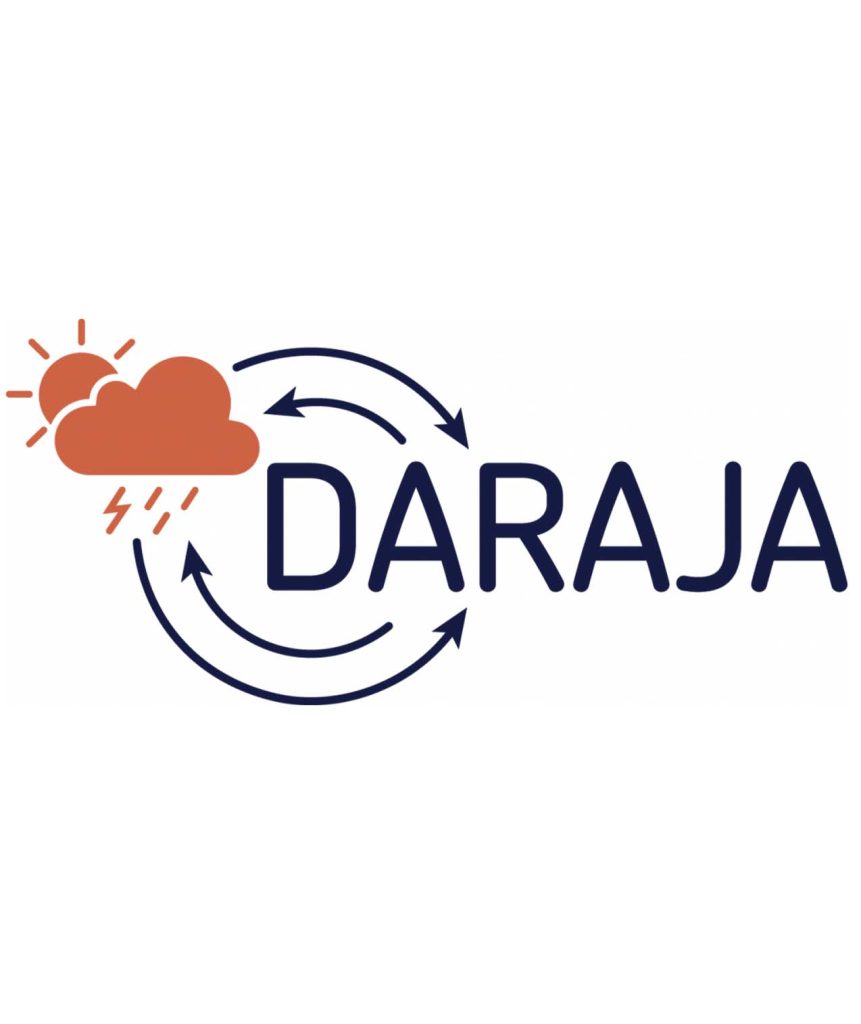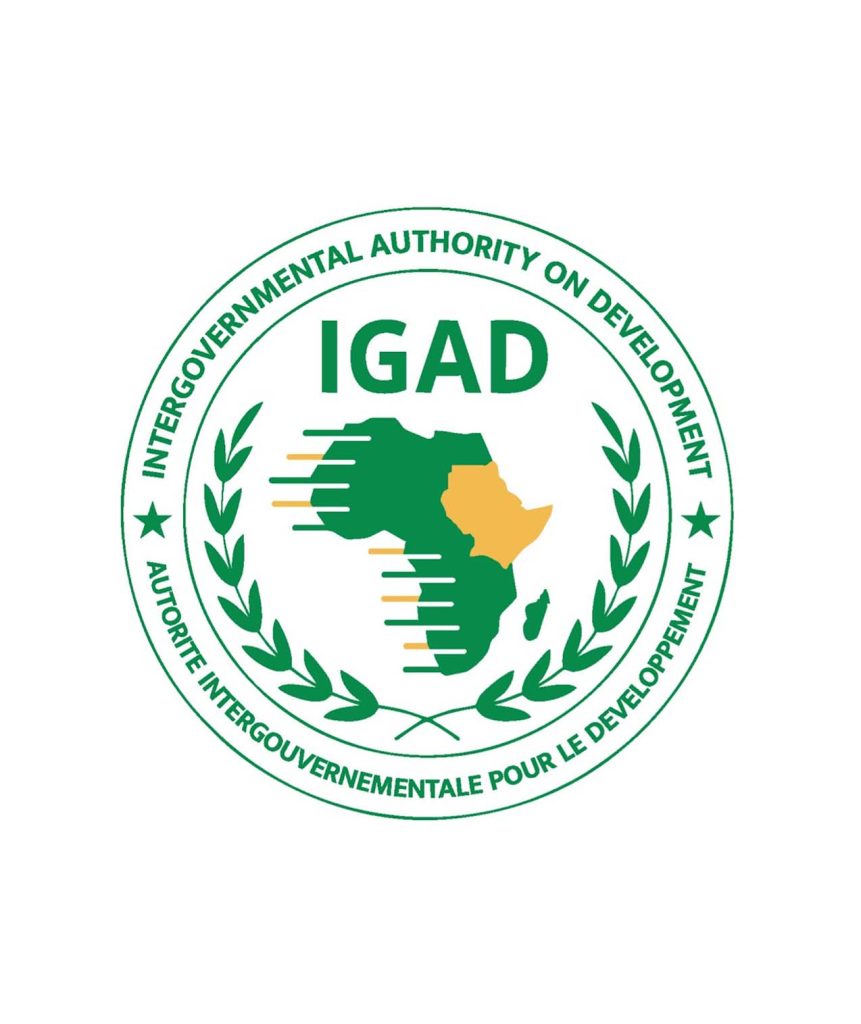Date of event
21-11-2023
What happened, where and when?
The rains intensified in mid-November leading to widespread impact. The regional report 13th to 20th November showed an increased flood impact that exceed the regional response capacity and requested external support. The DRMB (Disaster Risk Management Bureau) on the 24th of November reported that more than one million people were affected of which 430,000 displaced, more than 500 children found unaccompanied and death toll increased to 43. The public service structures and infrastructures including health facilities, school and other services including roads were also affected and deaths of more than 30,000 animals were reported.
The impact of flooding due to seasonal deyr rains (October-December) was significant in the Somali, Afar, Oromia, Amhara, and SNP Regions grew as reported by regional disaster Risk Management Bureau (DRMB). A total of 56 woredas/districts and 206 sites in 23 zones, were affected by ash, and riverine floods hence caused landslide, in parts of Oromia region. The Somali region accounted for more than 80% of the impact in the country, and Oromia experienced multiple impacts of flood and landslides. Response capacity remained very limited due to resource gaps and access challenges in some of the affected areas following the overflow and weather conditions.
The situation triggered an official call for support to humanitarian actors from Government on 24th November, also addressed to Ethiopian RC (ERCS). The IFRC-DREF provided funding to ERCS to respond to that call and deploy immediate response in the two most affected areas: Somali and Oromia.
Scope and Scale
El Nino conditions from July to August 2023, brought forecasts of wetter than usual rainfall conditions and flood incidences in various parts of Ethiopia, while Northern part of the country experienced drier than usual conditions. The elevated rainfall during October, November, December (OND) 2023 favored by forecasts contributed to flooding in areas prone to floods in Ethiopia. The impact of flooding due to seasonal dyer rains (October-December) in the Somali, Afar, Oromia, Amhara, and SNP Regions kept growing between November to early December. By end of November, a total of 56 woredas/districts and 206 sites in 23 zones, were affected by ash, and riverine floods hence caused landslide, in parts of Oromia region, Afar, Southern region as the main affected. Over 1 million people in Ethiopia were affected due to heavy rains, floods, and landslides, while 43 were reported dead. Impact breakdown per region, is captured below based on triangulated information:
From branches information and triangulated secondary data from DRMB and other partners like OCHA, the situation quickly deteriorated in the earlier weeks of November and the humanitarian situation became critical by the end of the month. By 20.11.2023, the floods situation was as follows:
- Somali Region was the most affected with 80% of the impact recorded.
The landslides were reported in Arsi, East Bale, and West Guji zones of Oromia region, affecting nearly 67,600 individuals, while the ash floods displaced more than 1,600 people in Galana Woreda of West Guji.
176,312 households (881,562 people) affected and over 66,630 HHs (399,780 people) displaced as of 24 November. About 300 children reported separated from both parents and required alternative care options and family reunification.
Thirty-three (33) human deaths.
Loss of over 4,806 livestock have also been reported, while several villages remained cut off, and over 16,363 ha of cropland and 191 irrigation facilities reportedly damaged.
Most public facilities, in thousands, including schools, health clinics/posts, community centers, water intakes/wells, and others, were damaged or destroyed by the flood in the most affected areas. Roads, communication, and electricity in the affected areas were not fully functional. For instance, in Dolo Ado, 5,332 students across six schools were out of school due to damage from floods or schools being used as shelters for the displaced community. One school remained available; however, its collapsed latrines required major repair to enable the resumption of education services.
Furthermore, in Melkadida town, Dolo Ado, more than 200,000 refugees in the hosting area were confronted with the risk of secondary displacement.
- Somali Region
Most affected areas included: Afder, Libn, Jarar, Doolo, Korahe, Erer, Shabele, Dawa, Nogob (from BRMB information).
An overall 29,046 people reported in urgent need of emergency WASH services due to basic infrastructure being totally or partially demolished. The WASH Cluster had prepositioned household water treatment chemicals, the main response gaps remained in lifesaving WASH supplies, water purification chemicals, sanitation, and hygiene kits, as well as rehabilitation and maintenance of water points.
Over 11,400ha of agricultural land reported swept off by floods. Zonal authorities raised concern over low sanitation coverage considering open defection being commonly practiced, which was further forecasted to extend the spread of the existed cholera outbreak.
- Southern Ethiopia Region
Close to 81,000 people displaced, of which 62,800 people were from Dasanech (about 85 percent of the woreda’s population) and over 708 people in two woredas of Gedeo Zone.
Nearly 1,800 hectares (ha) of farmland were damaged of entirely destroyed. The incidence also forecasted major challenge to livestock and livelihood.
Basic social infrastructures were also adversely impacted, including 10 health posts, and 13 schools either damaged or encircled with water. Irrigation systems and tools remained at highest risk of damage.
- In the Afar Region
About 2,225 HHs from the two woredas were displaced to relatively higher grounds within their kebeles, reported by the regional Disaster Risk Management and Food Security Commission.
The humanitarian situation remained dire, and urgent lifesaving assistance to the displaced people being the most necessitated.
Primary needs included food, emergency shelter, protection, NFI, basic health and nutrition, as well as WASH services for 2,180 HHs (over 13,000 people).
On the scale of the situation, ERCS managed to reach 53,000 people with critical humanitarian services and protection, prioritizing 1,600 of the most vulnerable displaced households for the relief distribution to access shelter and multi-sectoral basic needs. The operation had play an important role on reducing the suffering and reduce the impact for the targeted communities in Somali & Oromia regions. The results further detailed under the next sections were reached despite challenges such as logistical difficulties, security management, and infrastructure damage. Lessons learned emphasized the value of community involvement and leverage of available prepositioning resources, and strong local capacities for effective disaster response.

